The art of yacht carpentry is a testament to the blend of tradition, skill, and innovation in maritime craftsmanship. More than just a component of yacht construction, carpentry embodies history, artistry, and the relentless pursuit of perfection. This centuries-old expertise, steeped in tradition, continues to evolve with modern techniques, embracing new technologies while honoring timeless methods.
Yacht carpentry is not just design and construction; it is a form of expression. Every curve and contour carved into the wood tells a story of elegance, luxury, and the unwavering dedication of the craftsmen. From the selection of the finest woods to the meticulous attention to detail in the final touches, yacht carpentry demands a level of expertise far beyond basic woodworking. It involves understanding the character of the wood, how it bends to the will of the craftsman, and transforms into a masterpiece of maritime engineering.
In this craft, tradition meets innovation. Ancient woodworking and finishing techniques blend seamlessly with modern technologies and materials, creating a product that is not only aesthetically stunning but also structurally sound and resilient in the harsh marine environment. This combination of old and new ensures that each yacht is not merely a vessel but a timeless work of art, ready to face the challenges of the sea while offering unparalleled luxury and comfort.
Evolution of Yacht Woodworking
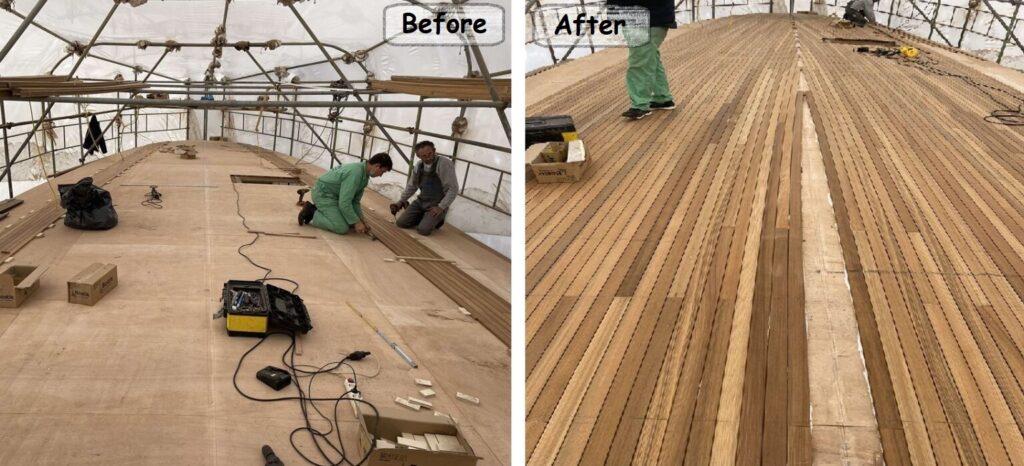
The art of yacht carpentry is a journey through time, an art that has evolved from basic utility to a symbol of luxury and precision. In its early days, wood was the primary material for yacht construction due to its availability, buoyancy, and ease of shaping. The craftsmen of old were skilled in using what nature provided, creating ships that were both sturdy and seaworthy.
As the centuries passed, yacht carpentry transformed from purely functional to a display of wealth and status. The introduction of exotic woods, intricate designs, and elaborate carvings marked a new era in yacht construction. This period saw the emergence of craftsmen whose work was as much about artistry as it was about engineering.
The 20th century brought significant changes with the advent of new technologies and materials. The introduction of motorized yachts required a shift in woodworking techniques to accommodate heavier, more powerful engines and complex designs. Carpenters began to combine traditional methods with these new technologies, merging the old with the new to design yachts that were not only faster and more efficient but also retained the elegance and charm of traditional designs.
Today, yacht carpentry incorporates advanced materials like carbon fiber and composites, offering improved strength and reduced weight. However, the essence of craftsmanship remains. Modern yacht designers continue to rely on the fundamental principles of traditional carpentry, ensuring that each vessel is a masterpiece in both form and function.
The evolution of yacht carpentry is a testament to the adaptability and enduring nature of this craft. From ancient carvings to modern, sleek designs, it remains an integral and revered part of yacht construction, symbolizing the perfect harmony between tradition and innovation.
The selection of the right wood for yacht construction
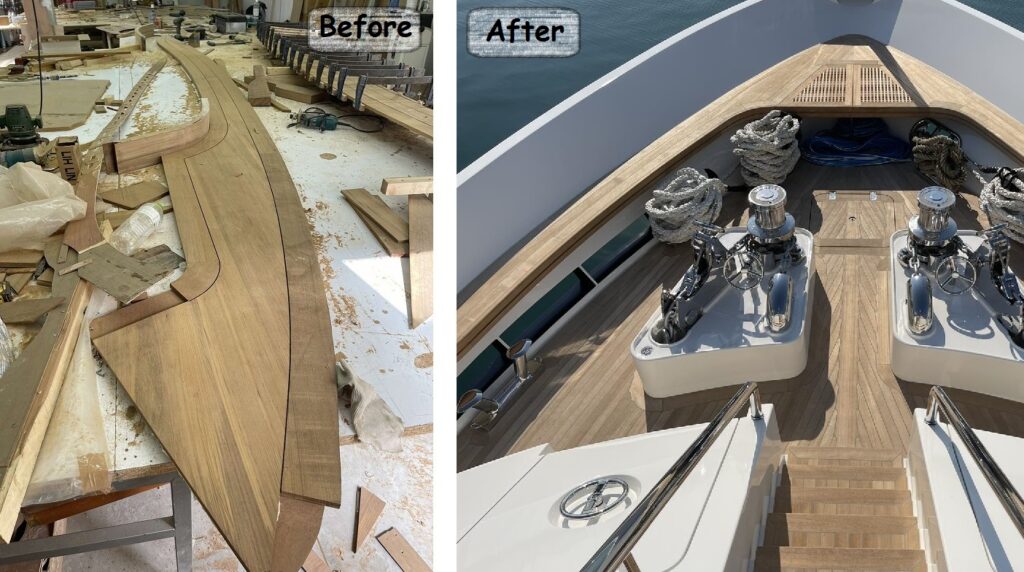
The selection of the right wood for yacht construction is a meticulous process, essential for achieving both aesthetic beauty and functional durability. Different parts of the yacht require specific types of wood, each chosen for its unique properties. Hardwoods like teak and mahogany, known for their durability and resistance to rot, are favored for decks and exterior spaces. These woods withstand harsh marine environments while offering a classic, elegant appearance.
For yacht interior designers, lighter woods such as cherry and oak are often selected for their fine grains and ease of shaping. These woods create a warm, welcoming atmosphere within the cabin, balancing luxury with comfort. The selection process also places significant emphasis on sustainability. Ethically sourced woods, certified by responsible forestry initiatives, are preferred to minimize environmental impact.
Beyond functionality and sustainability, aesthetics play a crucial role. The wood must align with the overall design vision of the yacht, enhancing its style and elegance. Each choice reflects a commitment to quality, ensuring that the beauty of the yacht’s carpentry will endure for years to come.
The craftsmanship required in yacht carpentry
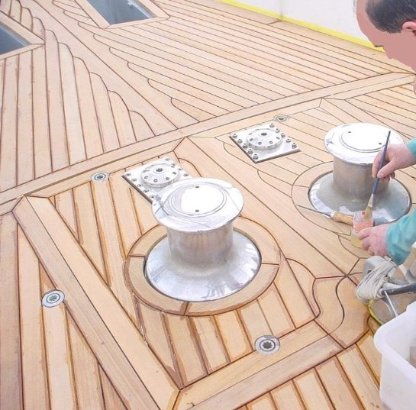
The craftsmanship required in yacht carpentry is a blend of traditional techniques, honed over centuries, and modern precision. Each craftsman pays meticulous attention to detail, ensuring that every joint, curve, and finish is executed flawlessly. Precision is paramount, as even the slightest miscalculation can affect both the yacht’s aesthetics and functionality.
This attention to detail is evident in every aspect, from the selection of wood grain to the final varnish. Craftsmen must understand the unique properties of each type of wood, shaping and joining them in ways that highlight their natural beauty while ensuring durability.
Creativity is also central to yacht carpentry. Each piece is not merely constructed but imagined and brought to life, often customized to the client’s preferences. This creative process requires a deep understanding of both material and maritime traditions, allowing craftsmen to push boundaries and create truly unique pieces.
In summary, yacht carpentry is an art form that demands a meticulous blend of precision, attention to detail, and creativity, resulting in creations that are both functional and beautiful.
Yacht carpentry
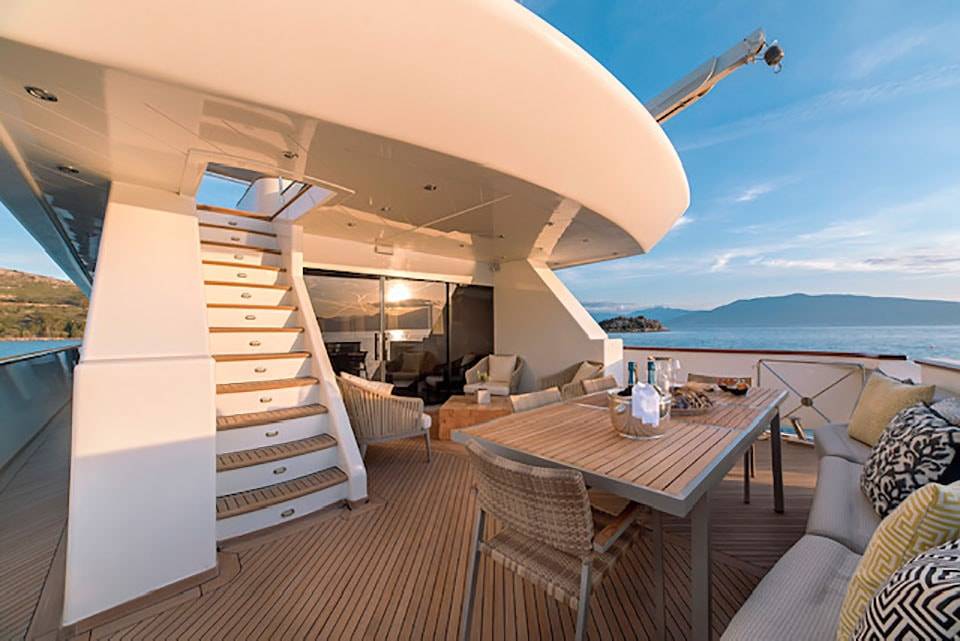
Yacht carpentry has embraced a new era of technological innovation, revolutionizing the way yachts are built. Advanced tools and techniques have enabled a level of precision and complexity previously unimaginable, elevating yacht construction to new heights.
Technological Integration in Carpentry
The integration of CNC (Computer Numerical Control) machines represents a significant leap in yacht carpentry. These machines allow for the cutting of intricate designs and patterns with incredible accuracy, ensuring consistency and precision in every piece. This has opened the door to more complex and detailed woodworking, enhancing both the aesthetics and functionality of yachts.
Laser Scanning for Perfect Fit
Laser scanning technology has also revolutionized yacht carpentry. By creating precise 3D models of a yacht’s interior and exterior spaces, craftsmen can ensure a perfect fit for every wooden component. This is particularly important in custom yacht projects, where every inch matters and every element must integrate seamlessly with the overall design.
Sustainable Innovations
In line with global sustainability trends, there is an increasing focus on environmentally friendly practices in yacht carpentry. Innovations in wood sourcing and processing ensure that luxury does not come at the expense of the environment. Techniques that maximize the use of sustainable materials while minimizing waste are becoming a key component in the industry.
The Future of Yacht Carpentry
As technology continues to advance, we can expect to see even more groundbreaking developments in yacht carpentry. These innovations not only make the process more efficient but also expand the possibilities of what can be achieved, blending artistry with precision engineering.
In conclusion, modern innovations in yacht carpentry are a testament to the industry’s commitment to excellence and sustainability. By embracing these developments, yacht designers are not just crafting boats; they are shaping the future of luxurious maritime travel.
The Impact of Carpentry on Yacht Aesthetics and Value
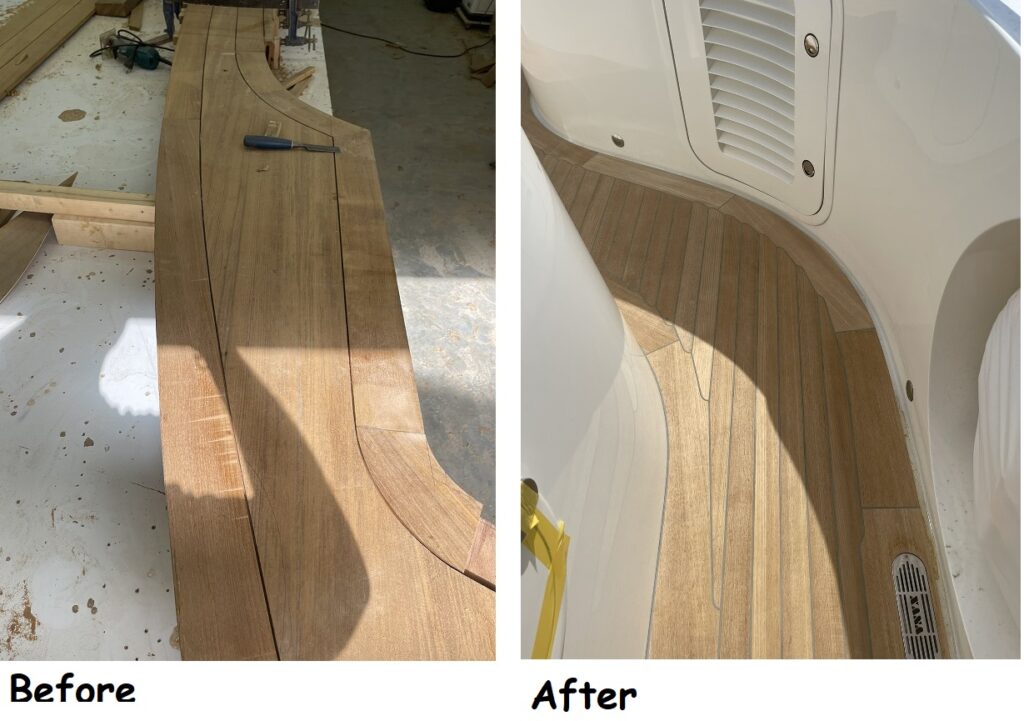
Yacht carpentry is far more than just a functional aspect of boat construction; it is a crucial element that significantly enhances both the aesthetics and overall value of a yacht. This section explores the transformative impact of carpentry on yachts, using case studies and examples to illustrate its importance.
Elevating Aesthetics Through Carpentry
The choice of wood and craftsmanship in yacht carpentry play a pivotal role in defining the character and atmosphere of a yacht. Fine carpentry, with intricate designs and polished finishes, adds a touch of elegance and luxury that is instantly recognizable. It creates an ambiance that speaks to quality and sophistication, appealing to those with a discerning eye for beauty.
Case Studies of Exceptional Carpentry
A notable example is the restoration of classic yachts, where preserving the original carpentry is as much about maintaining historical integrity as it is about aesthetics. Another example is custom-built yachts, where clients choose unique carpentry designs that reflect their personal style and taste, significantly enhancing the yacht’s bespoke nature.
Carpentry as an Investment in Value
Beyond aesthetics, quality carpentry is an investment in the yacht’s value. Well-crafted carpentry, using durable, high-quality materials, can withstand the test of time and harsh marine environments, ensuring that the yacht remains in pristine condition for longer. This durability translates to better resale value and reduced maintenance costs over time.
In conclusion, the art of yacht carpentry is a key factor in determining both the visual appeal and monetary value of yachts. Its impact is profound, making it an essential component in the world of luxury yachting.
Conclusion
As we conclude our exploration of the art and significance of yacht carpentry, it becomes clear that this craft is more than mere construction; it is a testament to human creativity and precision. Yacht carpentry, with its intricate beauty and functional elegance, not only enhances the yacht’s aesthetics but also adds tremendous value. The combination of traditional techniques with modern innovations highlights the evolving nature of this art. It is essential for yacht enthusiasts and prospective owners to appreciate the skill, dedication, and artistry involved in yacht woodworking. This appreciation deepens the connection between the vessel and its owner, transforming each yacht into a unique masterpiece of maritime art.
